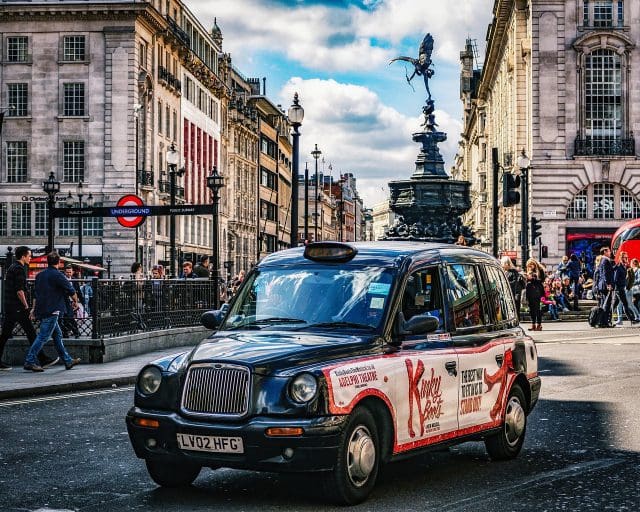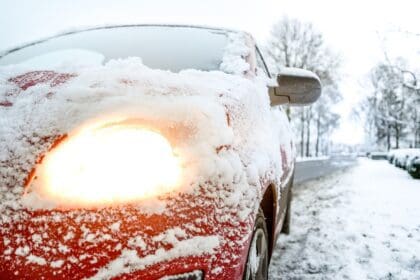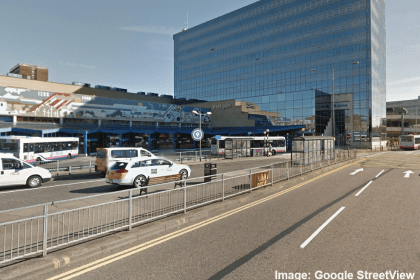Whether it is a holiday, wedding or heading home after a night out, people turn to taxi drivers to get them to and from events and venues safely.
Taxi drivers are the most versatile professionals on the road, never knowing where the next fare will take them.
Whether they have Hackney Plated vehicle that can be hailed on the street or at a taxi rank, or have a private hire vehicle that can only be booked in advance through a taxi operator, they could be taking passengers anywhere from the pub or shops, or further afield such as airport runs or even across the country.
Whatever type of passenger drivers are carrying, they must have the correct taxi insurance in place in case of an accident that leads to a claim.
The basic level of cover is third-party insurance, which is the minimum legal requirement. This gives drivers full cover against third-party risks, including their own fare-paying passengers while they are in the vehicle. In the event of an at-fault claim, the driver’s insurance will cover damage and injuries to others involved in a crash but won’t cover any damage to the taxi driver’s vehicle.
The next level of cover is third party, fire and theft, which covers third parties involved in a crash, as well as damage to or loss of the taxi driver’s vehicle in the event of a fire or theft. Again, there is no cover for damage to their own vehicle arising from an accident or malicious damage. There is also no cover for glass damage.
The maximum level of cover available is comprehensive insurance, which includes everything in the lower levels of cover, as well as accidental damage, malicious damage and glass damage.
It is also worth considering taking out excess protection cover as an option which allows drivers to reclaim any excess they may have paid following a fault accident.
In addition to taxi insurance, many insurers also offer breakdown cover which provides roadside assistance and recovery in the event of a mechanical breakdown at the roadside or even at the driver’s home. In the event of a breakdown while carrying fare-paying passengers, onward travel for them is not provided and a taxi base would normally arrange for another driver to continue the rest of the journey.
Another vital protection is legal expenses cover, which allows drivers to reclaim any uninsured losses following a non-fault accident. This can include any excess a driver may have paid if they claimed off their own policy.
If the driver or passengers have suffered a personal injury claim as a result of the non-fault accident, the legal expense cover can arrange for a solicitor to deal with this aspect of the claim and also include any loss of earnings you may have incurred.
If your vehicle is unroadworthy, you could also be provided with a credit hire vehicle from a company such as Countrywide Vehicle Rentals, who can provide you with an already plated vehicle with your local licensing authority and all costs associated with this would be claimed back from the third-party insurer.
For extra piece of mind, drivers should consider taking out public liability insurance, which provides cover for any injuries suffered by fare-paying passengers, resulting from an incident that the driver is responsible for, such as tripping over a bag that the driver may have put down on the pavement.
Although this is an optional cover extension, for drivers undertaking any local authority contract work, the contract provider may insist on this cover, which typically covers £5 million or £10 million.
Whatever the fare or cargo, taxi drivers must have the correct cover in place to protect themselves, their passengers, as well as others on the road. Insurance brokers such as Patons can help drivers find the best insurance for their business.




